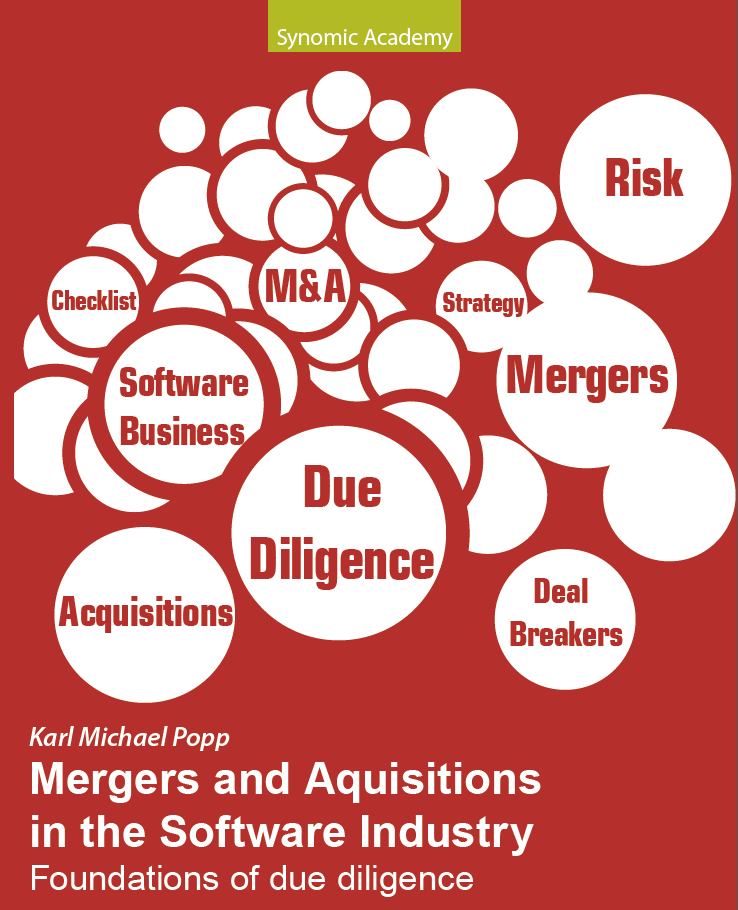Complementarity and synergies of buyer and target: an attempt at a definition
Synergies and complementarities are often discussed in company acquisitions. Here is an attempt at a definition.
Complementarity
Complementarity between two companies shows advantages in the cooperation or merger of the two companies.
Complementarity at company level can consist of numerous other complementarities at detail level, as the following figure shows.
In this example, complementarity includes brand complementarity as well as market, product and cost complementarity.
Synergy
Each of the complementarities considered can, but does not have to, lead to a synergy. That is why I would like to define synergies as follows:
Synergy is a concrete, anticipated strategic advantage based on complementarity, which will occur in the future, after the purchase of the target. As with complementarities, an advantage can have a wide variety of characteristics such as market, product, technology or cost advantage.
Here is an example: A strategic synergy is a concrete, anticipated strategic advantage that will occur in the future, after the purchase of the target. It can arise if strategic assumptions, measures and goals of two companies complement each other or interact positively.
The separation of these two concepts is advantageous, as it enables a selection of complementarities to be transformed into synergies and also allows explicit consideration of the planning, implementation and control of synergies.
This is an excerpt of my new book “Automation of Mergers and Acquisitions“.
CLICK OR SCAN THE QR CODE TO ORDER THE BOOK













